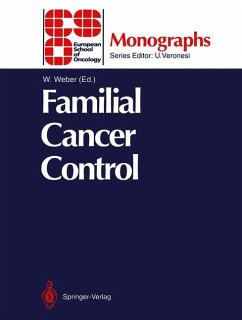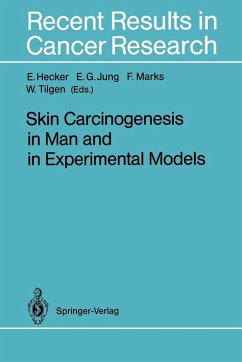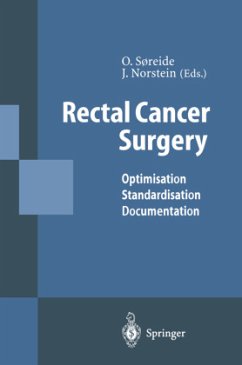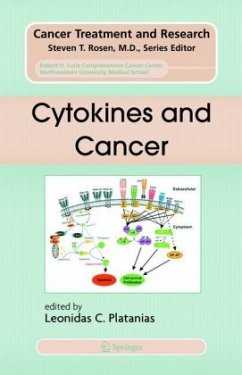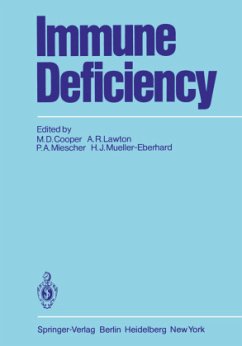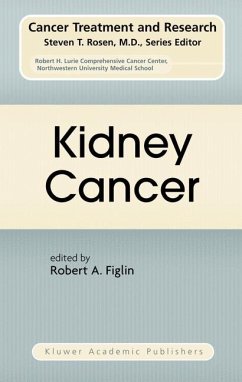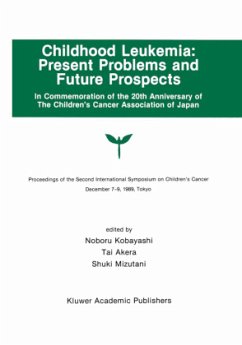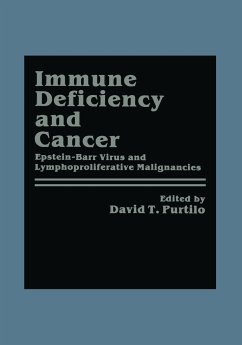
Immune Deficiency and Cancer
Epstein-Barr Virus and Lymphoproliferative Malignancies
Herausgegeben: Purtilo, David T.

PAYBACK Punkte
20 °P sammeln!
The discoveries of Burkitt, Epstein, and Henle have laid the foundation for continuing generation of information regarding the mechanisms of induction of diseases by Epstein-Barr virus. The discovery of the virus two decades ago resulted from clinical and basic science collaborative studies on Burkitt lymphoma. Subse quently, nasopharyngeal carcinoma and infectious mononucleosis have been linked etiologically with the virus. During the first decade of research following the discovery of the virus, the mechanisms for the induction of BL, NPC, and IM were sought. At that time one prevailing view...
The discoveries of Burkitt, Epstein, and Henle have laid the foundation for continuing generation of information regarding the mechanisms of induction of diseases by Epstein-Barr virus. The discovery of the virus two decades ago resulted from clinical and basic science collaborative studies on Burkitt lymphoma. Subse quently, nasopharyngeal carcinoma and infectious mononucleosis have been linked etiologically with the virus. During the first decade of research following the discovery of the virus, the mechanisms for the induction of BL, NPC, and IM were sought. At that time one prevailing view was that individual oncogenic strains of EBV were responsible for the different disorders. Paralleling the development of immunology in the 1970's was the accrual of knowledge about immunological events occurring during IM. These studies suggest that immune defense mechanisms deter mine the outcome of this viral infection rather than different viral strains. During the early 1970's, Starzl and Penn and Gatti and Good had noted an increased frequency of malignancy in renal allograft recipients and children with primary immune deficiency disorders, respectively. These observations provoked investigators to restudy the role of immune surveillance against malignancy. At that time immune surveillance was thought to occur against tumor-specific antigens; thereby neoplasms were eliminated.





